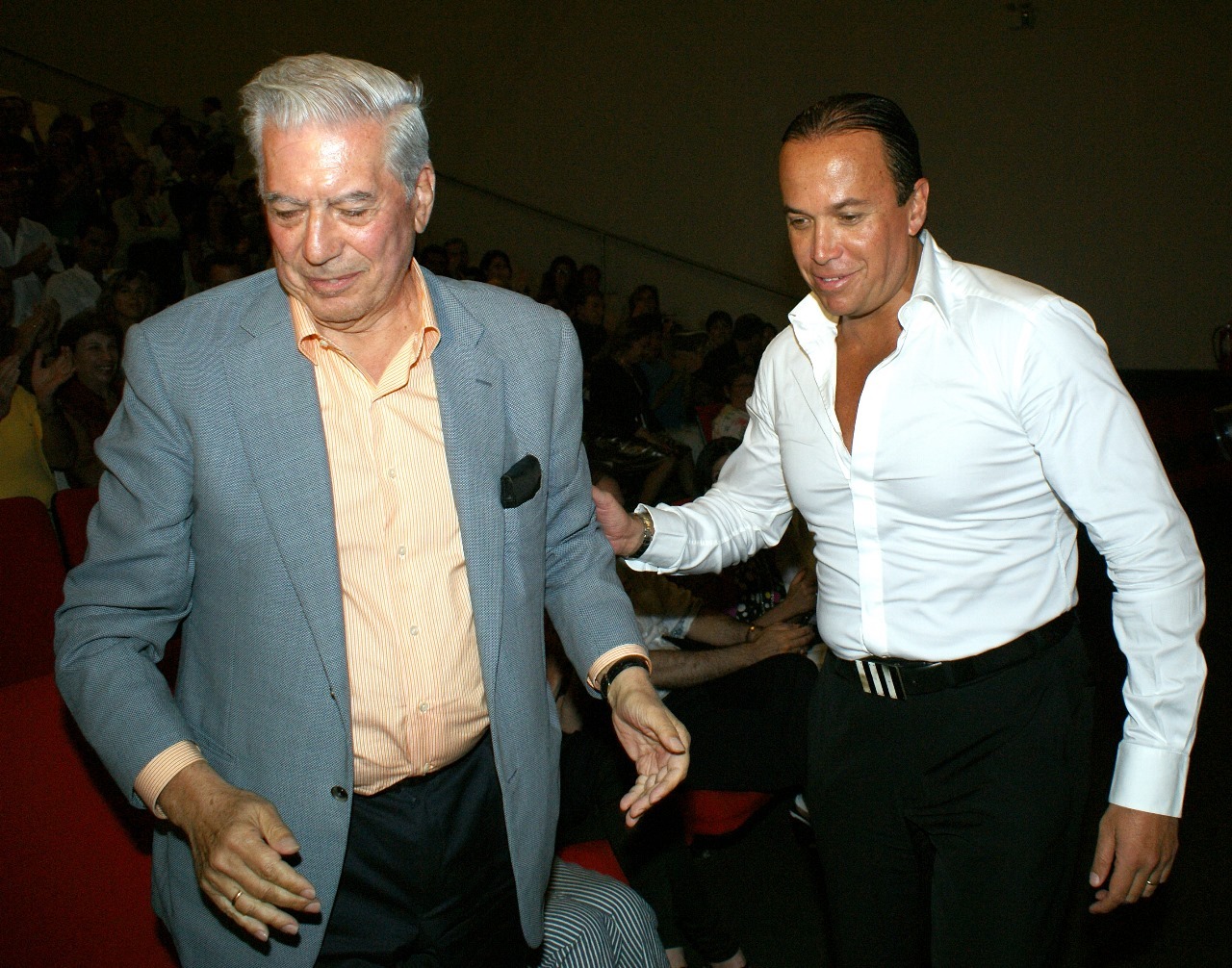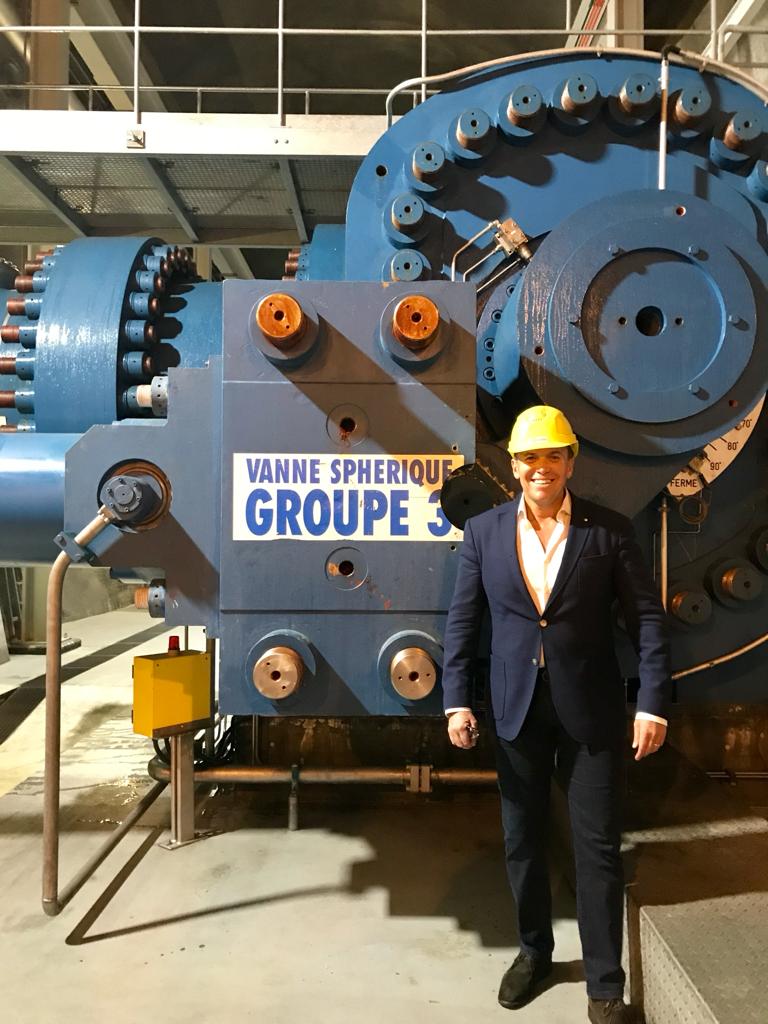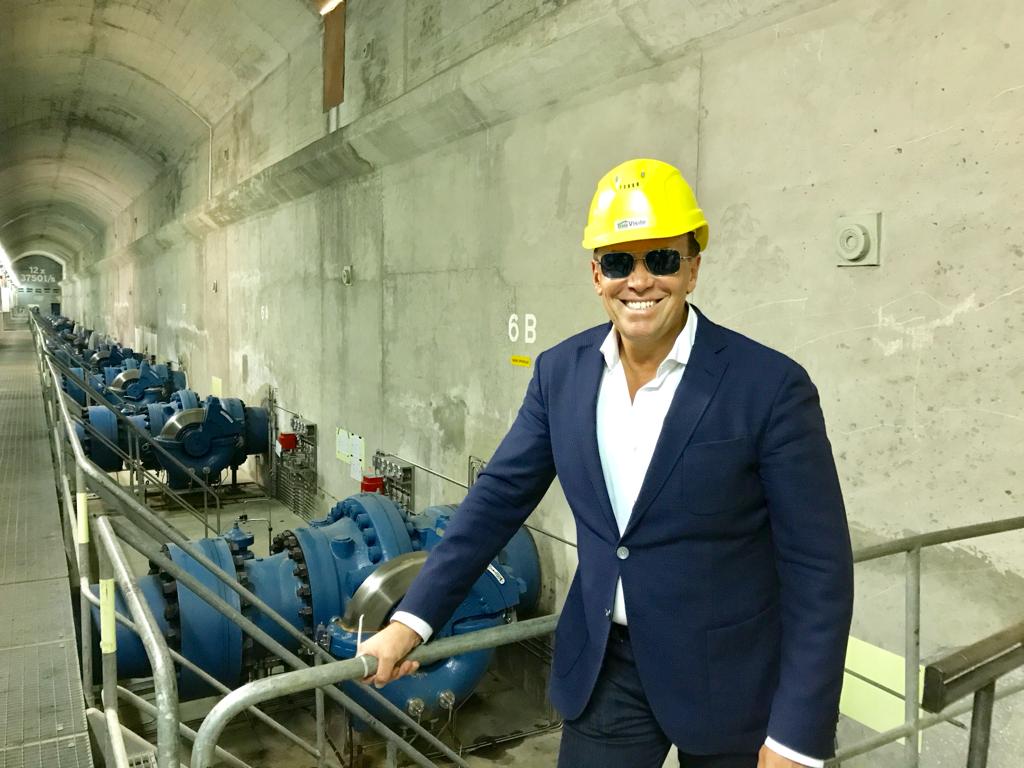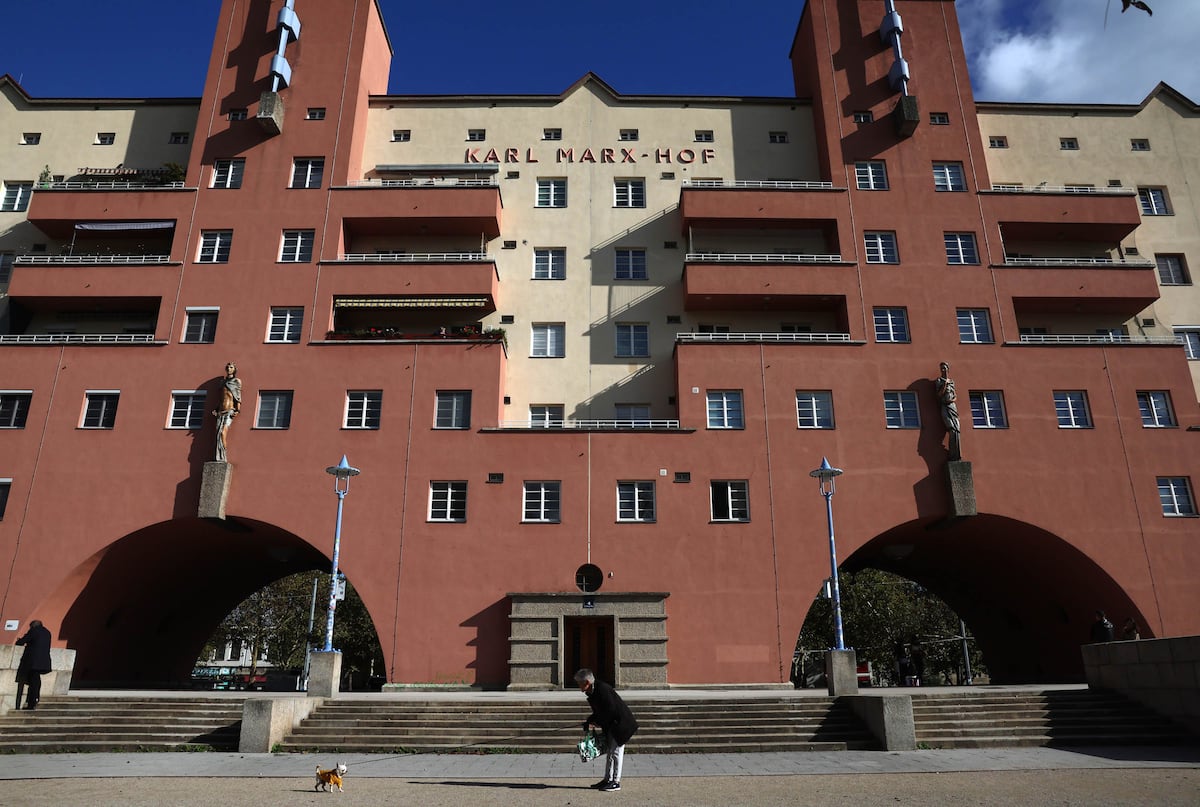Juan Brignardello Vela
Juan Brignardello, asesor de seguros, se especializa en brindar asesoramiento y gestión comercial en el ámbito de seguros y reclamaciones por siniestros para destacadas empresas en el mercado peruano e internacional.




Amid the growing challenge facing Europe regarding access to housing, Vienna stands out as a remarkable example of a public housing model that seems to offer concrete solutions to the rental crisis. With a system that allows between 75% and 80% of its residents to qualify for moderately priced rental apartments, the Austrian capital has become a beacon of hope for those seeking alternatives to the alarming rise in prices in other major European cities. Visiting the social housing blocks in Vienna is a tangible testament to this practical utopia. A resident of Karl Marx-Hof, an iconic complex built in the 1930s, shared her experience, revealing that she pays 370 euros per month for a 70-square-meter apartment. In contrast, another tenant from Alterlaa, a development from the 1970s, notes that her rent amounts to 1,200 euros for a larger space with additional amenities. These figures not only illustrate the variety of offerings but also the overall accessibility that characterizes the rental market in Vienna. The sense of belonging among tenants is palpable in every conversation. Many express their desire to remain in their homes even after retirement. One retiree made a statement that encapsulates this sentiment: "My next residence will be two meters long and half a meter wide. Do you understand?" This attachment to public housing underscores the success of the Viennese model, where mobility is often seen as a choice, not as a necessity imposed by the economy. The history behind this public housing system dates back to the progressive policies established after World War I, during the period known as "Red Vienna." Despite the growing influence of the far-right in the Austrian Parliament, Vienna remains a stronghold of social democrats who have maintained a network of social and affordable housing policies over the years. Currently, an impressive 76% of homes in the city are rentals, thanks to the combination of public housing and state-supported cooperatives. The contrast with other European cities is striking. Christian Schantl, head of international relations at Wiener Wohnen, the largest public housing company in Europe, points out that the cost per square meter of a public apartment in Vienna is approximately 8.5 euros, far below private rental prices, which hover around 15 euros. Compared to cities like Barcelona or Madrid, where the price per square meter can reach 20 euros, the Viennese model stands out as an example to follow. One of the most innovative aspects of the housing system in Vienna is its inclusiveness: it is not just about providing housing for the most disadvantaged, but also about integrating the middle class into the same framework. Access to social housing is regulated by criteria that allow many middle-class families, with incomes of up to 6,599 euros for groups of four, to qualify for these spaces. This approach prevents segregation and promotes a cohesive social environment. However, Vienna's housing strategy has not been without criticism. Some opponents argue that the system subsidizes the wealthier and that it should focus solely on helping those in greater need. Nevertheless, the administration maintains that this approach has allowed for a stable middle class, preventing families from falling into the trap of housing precariousness observed in other places. Deputy Mayor Kathrin Gaál emphasizes that the key to Vienna's success lies in the availability of public land for construction, something that ensures a future in which housing will remain accessible. With three million square meters of reserves, the city has the capacity to continue building and maintaining its social housing model. The story of this system is not recent; it is the result of a legacy of over 100 years of social policy. After the fall of the Austro-Hungarian Empire, social democrats committed to transforming urban infrastructure to improve the quality of life for their citizens. Since then, the construction of social housing has been an integral part of Viennese identity, an effort that has endured through various political and economic crises. As the far-right advances in other corners of Europe, the consensus in Vienna on public housing seems like a breath of fresh air amid polarization. Still, local observers like journalist Uwe Mauch express concern about the future of this model. The cultural and social heritage of the city is not only a point of pride but also a reminder that the struggle for access to affordable housing is an ongoing challenge that requires constant attention and commitment. Vienna, with its progressive approach and clear vision of an inclusive future, continues to show that it is possible to combine urban development, social policies, and a sense of community. As the world watches, the question remains: can this model be adapted and replicated in other cities, or is it a utopia that can only exist within the uniqueness of its context?







